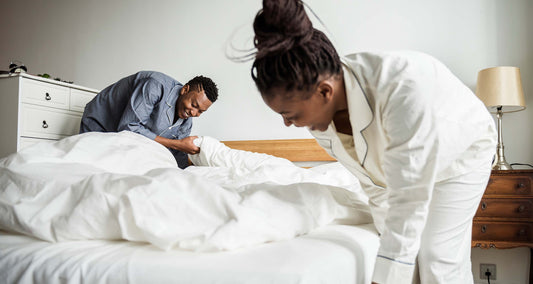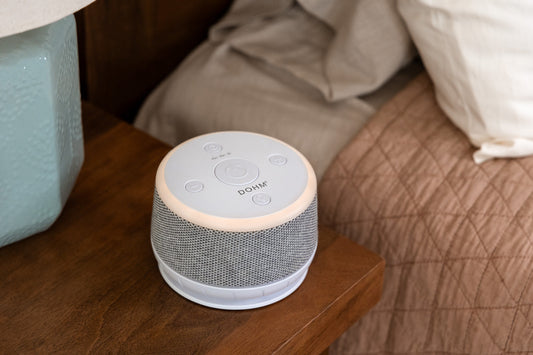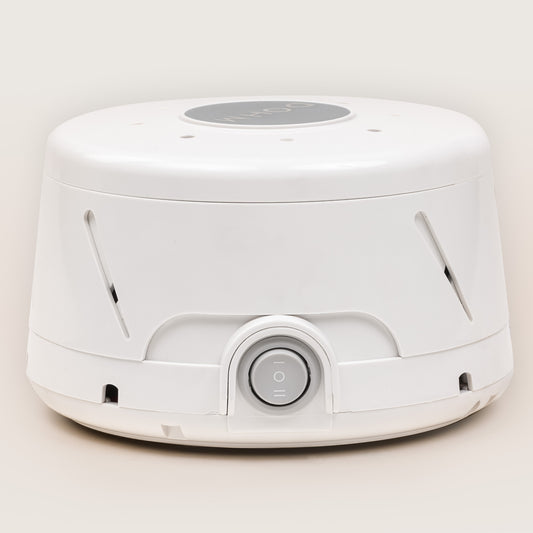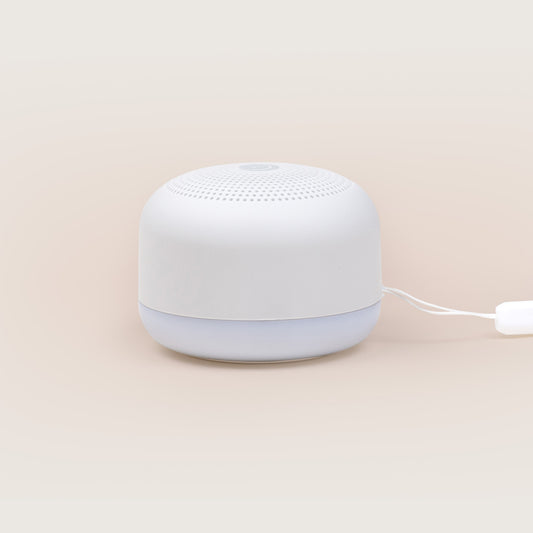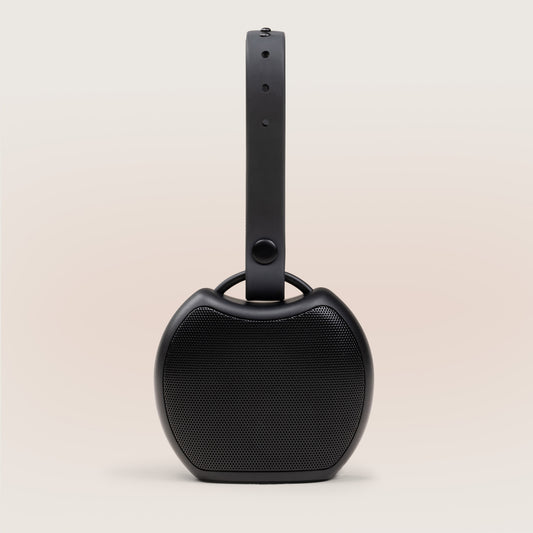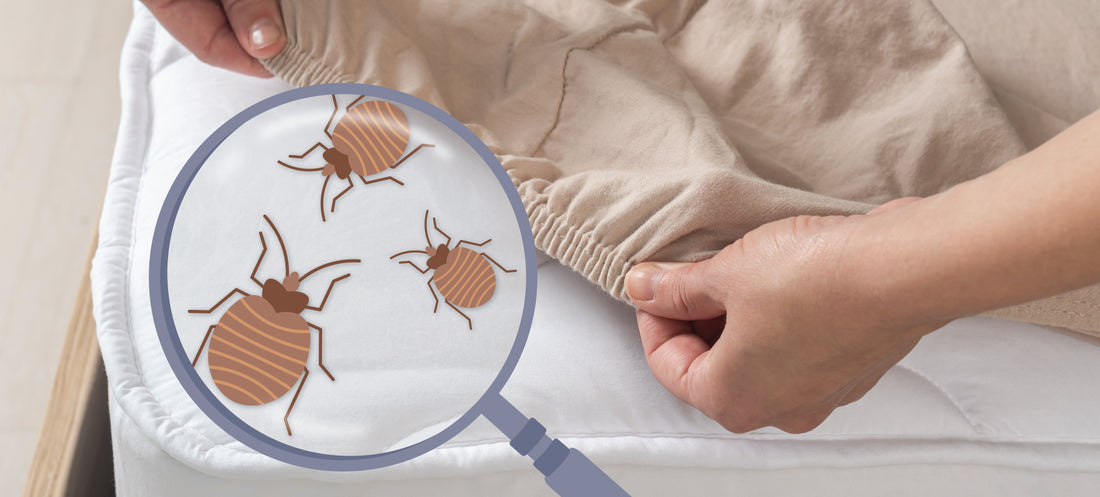
Confronting Bed Bugs: The Nocturnal Menace
Unseen and unwelcome, bed bugs creep in the shadows, disrupting our sleep and turning our sanctuaries into battlegrounds of itchiness and frustration. The minuscule menaces have made a remarkable resurgence in recent years, infesting homes, hotels, and even public spaces with stealthy persistence, leaving behind an unwelcome trail of itchy bites and sleepless nights. Let's delve deep into the life and habits of these elusive creatures, shedding light on their astounding adaptability, the reasons behind their rapid spread, and the crucial importance of swift action when faced with a bed bug infestation.
Understanding Bed Bugs
To truly comprehend the enigma that is the bed bug, one must first acquaint themselves with its physical characteristics and distinctive appearance. These reddish-brown, flat-bodied insects possess a distinct oval shape, growing to a mere 5-7 millimeters in length—about the size of an apple seed. With a preference of darkness and their uncanny ability to squeeze into the tiniest of crevices, bed bugs often remain undetected until their population multiples exponentially.
Understanding their life cycle is key to combating their persistence. From egg to nymph to adult, these resilient creatures undergo a metamorphosis, with each stage requiring a blood meal for growth. An adult bed bug can live for several months without feeding, patiently awaiting their next opportunity to dine upon unsuspecting hosts. It is this insatiable hunger that fuels their reproductive habits, with a single female capable of laying hundreds of eggs during her lifetime. Identifying a bed bug infestation demands vigilance, as their presence is often marked by telltale signs like rust-colored stains on bedding, dark fecal spots, or clusters of itchy red welts on the skin—unmistakable reminders of their bloodthirsty activities.
How Bed Bug Infestations Occur
Bed bug infestations, like unwelcome guests, can enter our lives through various means, infiltrating our homes and beds with unnerving ease. These tenacious pests are renowned hitchhikers, adept at clinging onto luggage, clothing, and even furniture, thereby hitching a ride into our living spaces. Shared spaces such as hotels, motels, and public transportation serve as hotspots for bed bug activity, as the insects can easily move from one unsuspecting person to another. However, it is essential to note that bed bugs are not exclusive to unclean environments. They are equal opportunity invaders, finding their way into even the cleanest homes. Nevertheless, certain locations pose a higher risk due to their transient nature or high population turnover. Crowded dormitories, apartment buildings, hospitals, and shelters and particularly susceptible, as the continuous influx of people provides ample opportunities for bed bugs to spread. Additionally, frequent travel, whether for work or leisure, exposes individuals to the heightened risk of encouraging these insects, making hotels and vacation rentals potential breeding grounds for infestations.
Health Risks and Concerns
Beyond the nuisance of their presence, bed bugs also pose significant health risks and concerns beyond that of physical discomfort and, well, being grossed out. For many people, bites from bed bugs can trigger allergic reactions, ranging from mild redness and itching to more severe symptoms like blistering or hives. Their persistent biting and feeding can lead to prolonged skin irritation, causing a continuous cycle of bumps, itching, and sleep disturbance. In some cases, excessive scratching of the affected areas can break the skin, leaving it open to secondary infections. Bed bugs can also significantly impact your mental health. Sleep deprivation, anxiety, and distress become unwelcome burdens for those dealing with these pests. The constant fear of being bitten and the stigma associated with an infestation can lead to heightened stress levels, social isolation, and a decline in overall mental health.

Detecting and Eliminating Bed Bugs
If you suspect a bed bug problem, identifying and successfully eradicating an infestation requires sharp observation skills and a methodical approach. Follow these recommended steps to address the issue:
Step-By-Step Guide to Eliminating Bed Bugs
- Confirm the Infestation: Conduct a thorough visual inspection of your bed, including seams, tufts, and folds of your mattress. Use a flashlight to help spot any signs of activity. Look for live bugs, shed exoskeletons, and/or tiny translucent eggs. If you find any evidence of a bed bug infestation, you need to act immediately.
- Declutter and Clean: Remove any clutter from the area, including clothing, bedding, and furniture. Vacuum all surfaces, paying special attention to cracks, crevices, and mattress seams. Dispose of the vacuum bag in your outside trash can or dumpster immediately.
- Launder and Dry: Wash all infested bedding, linens, and clothing in hot water (minimum 120 degrees) and dry them on the highest heat setting for at least 30 minutes to kill any remaining bugs or eggs.
- Protect Your Mattress: Encase your mattress and pillows in specially designed bed bug-proof covers to trap any remaining bugs inside and prevent re-infestation.
- Repair Your Home: Using caulk or sealant, seal any cracks, crevices, or gaps in walls, baseboards, and furniture to eliminate hiding places for bed bugs.
- Pesticides: Consider using an EPA-approved insecticide specifically labeled for bed bug control. Follow the instructions carefully and apply the pesticide to infested areas, paying attention to seams, folds, and cracks.
- Steam Cleaning: Using a steam cleaner on your mattresses, furniture, and other infested items can help kill bed bugs and their eggs.
- Hire a Professional: If the infestation persists or is severe, it is advisable to consult professional pest control services. They have the expertise and equipment to effectively eliminate bed bugs.
- Continual Monitoring: Even after treatment, remain vigilant and monitor your surroundings for any signs of a resurgence. Regularly inspect bedding, furniture, and cracks for any indications of bed bug activity.
- Prevention: Take preventative measures to avoid future infestations. When traveling, inspect hotel rooms for signs of bed bugs and keep your luggage off the floors and mattresses. Avoid purchasing used furniture or mattresses without thorough inspection.
Remember, the process of eliminating bed bugs can be challenging and may require persistence. It is essential to address the infestation promptly, implement a comprehensive approach, and consider seeking professional help when needed.
Say Goodbye to Bed Bugs
Understanding the intricate world of bed bugs is essential for combating their resurgence and protecting our homes, health, and well-being. These elusive creatures may be small, but their impact can be significant, causing allergic reactions, skin irritation, and sleep disturbances, while also taking a toll on our mental health. By staying vigilant and practicing proper preventative measures, you can keep your sleep environment free from these persistent pests.
Disclaimer: The information on our site is NOT medical advice for any specific person or condition. It is only meant as general information. If you have any medical questions and concerns about your sleep, please contact your healthcare provider.


